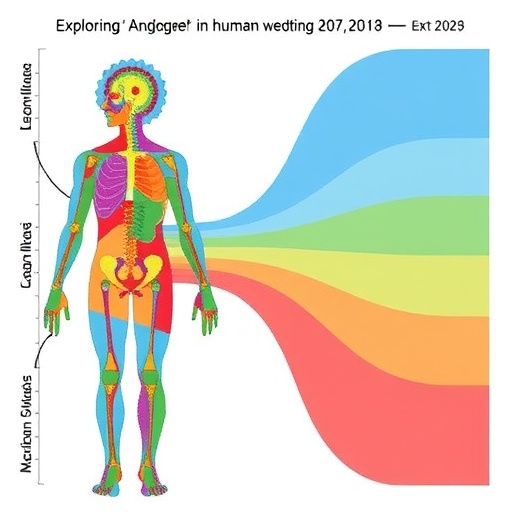The taxonomic and trophic composition of freshwater fishes in the Ohio River Basin has changed significantly in recent decades, possibly due to environmental modifications related to land use and hydrology, according to a study published April 24 in the open-access journal PLOS ONE by Mark Pyron of Ball State University, and colleagues.
Manmade threats to freshwater ecosystems are numerous and globally widespread. The legacy of agriculture and land use is manifested in the Ohio River Basin, drastically modified via logging and wetland draining following European colonization. After this period, the Ohio River Basin watershed was historically dominated by agriculture, and then converted from agriculture to forest during the 1960s-80s. The effects of these changes on fish throughout the basin are not fully known.
Pyron and colleagues used 57 years of rotenone and electrofishing fish collection survey data (1957-2014), collected by the Ohio River Valley Water Sanitation Commission, to examine changes to taxonomy, trophic classifications, and life history strategies of freshwater fish assemblages in the Ohio River Basin over this period.
Annual species richness varied from 31 to 90 species and generally showed a positive trend, increasing over time. Taxonomic and trophic structure was correlated with the decrease in agriculture and increase in forest. The trophic composition of fish catch also correlated with this changes to the Basin’s hydrology. In general, the environmental modifications were associated with more fish species which feed on plant matter and detritus, and fewer fish feeding on plankton and on other fish.
The authors believe that future land use modifications, climate change, and altered biotic interactions could continue to contribute to complex patterns of change in freshwater fish assemblages in the Ohio River.
Pyron adds: We found significant changes in species and trophic composition of freshwater fishes in the Ohio River Basin from 1957-2014. Species richness increased with year and the fish assemblages varied with changes in landuse and hydrologic alteration.”
###
Citation: Pyron M, Mims MC, Minder MM, Shields RC, Chodkowski N, Artz CC (2019) Long-term fish assemblages of the Ohio River: Altered trophic and life history strategies with hydrologic alterations and land use modifications. PLoS ONE 14(4): e0211848. https:/
Funding: The authors received no specific funding for this work.
Competing Interests: The authors have declared that no competing interests exist.
In your coverage please use this URL to provide access to the freely available article in PLOS ONE: http://journals.
Media Contact
Mark Pyron
[email protected]
Related Journal Article
http://journals.
http://dx.





